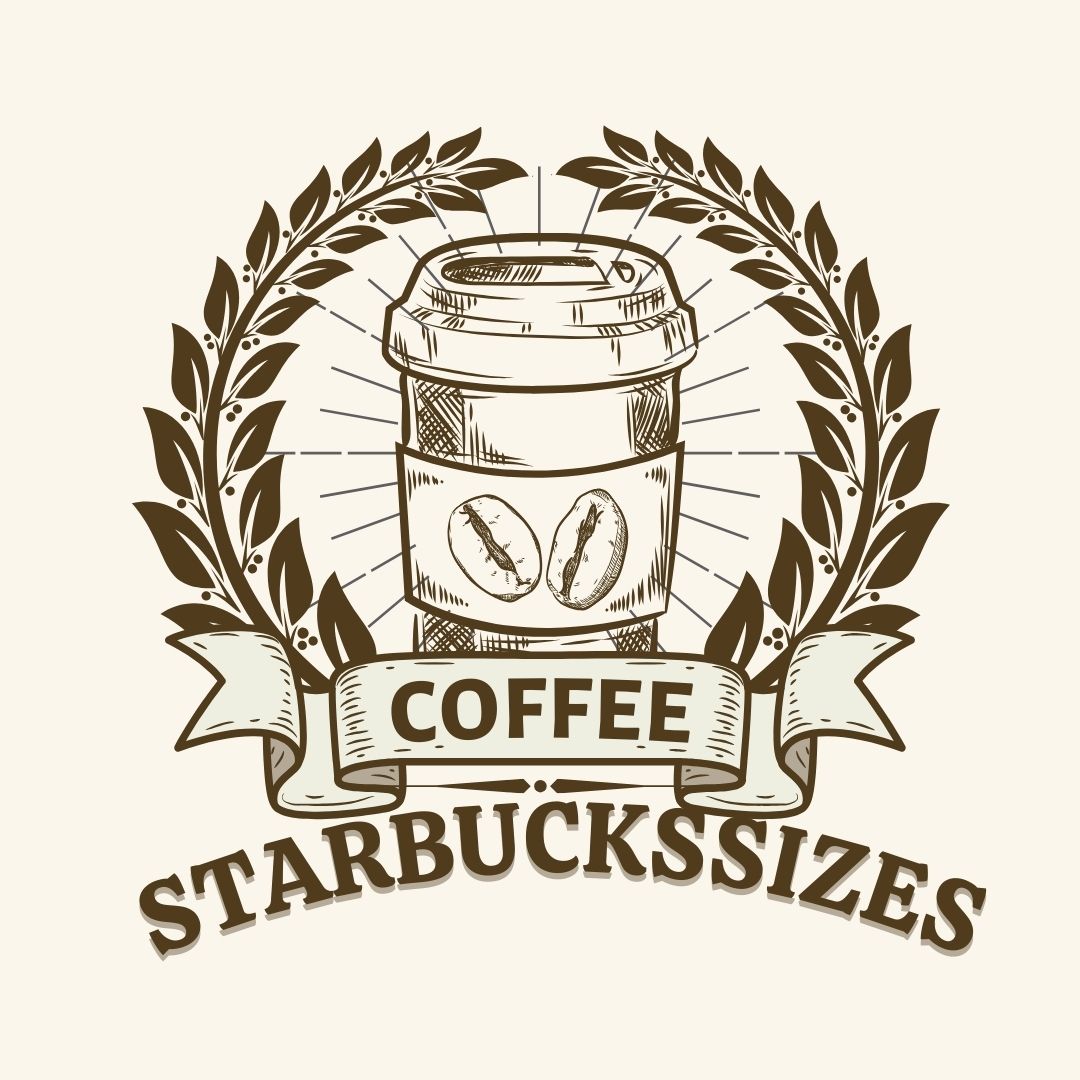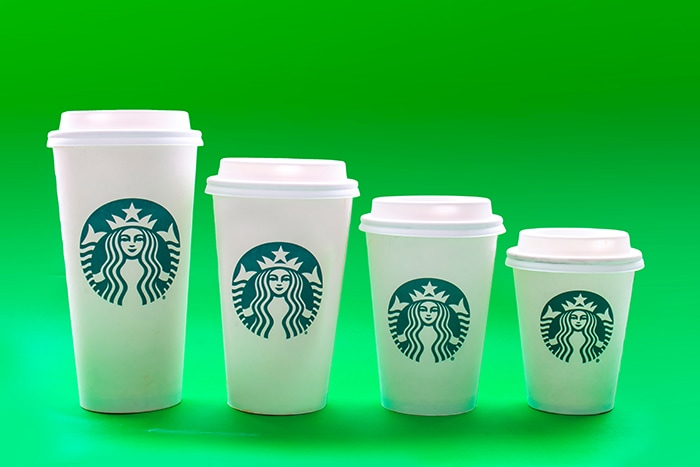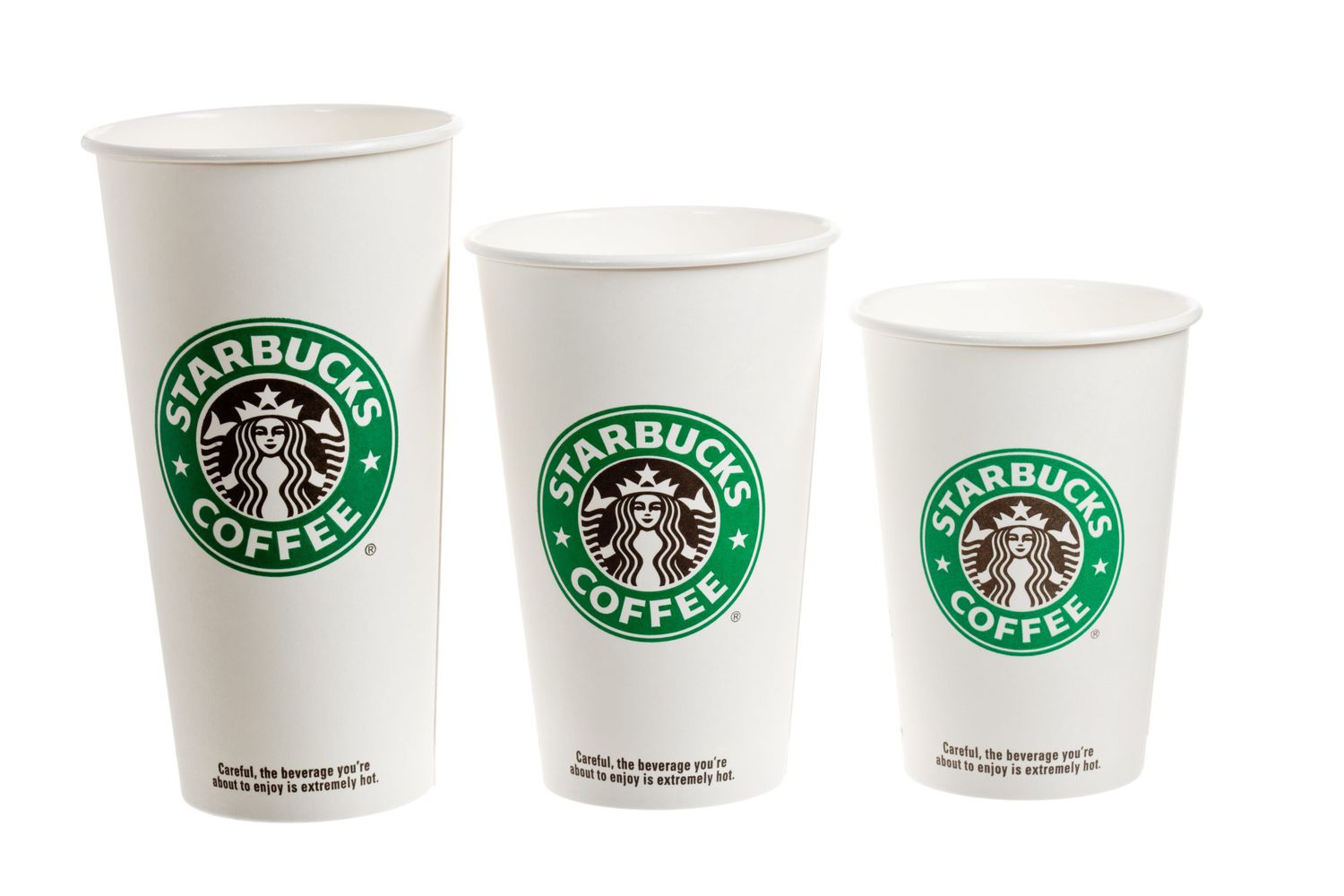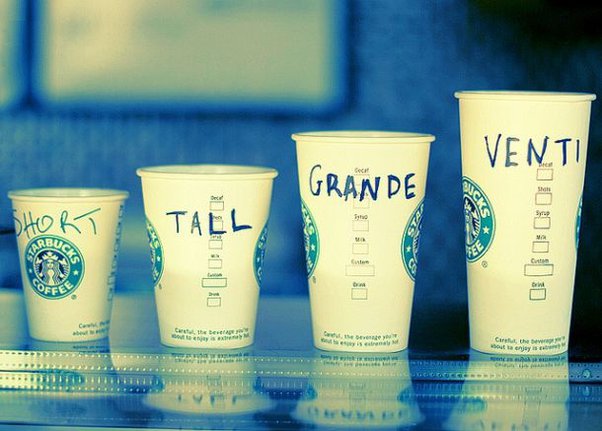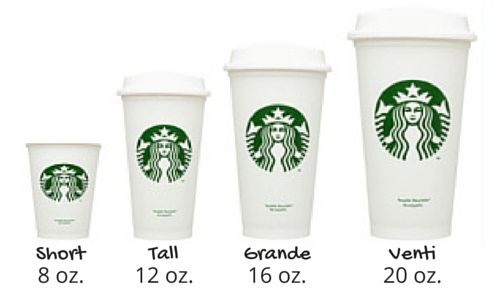When visiting any of Starbucks’ 32,000-plus global locations, decoding the extensive drink menu and uniquely named cup sizes poses one of the biggest ordering complexities for many patrons. Specifically, the Italian-inspired size terminology from short to tall to grande has long confused customers trying to secure their perfect caffeine fix.
This authoritative guide aims to finally demystify Starbucks’ complete beverage selection and cup sizing, from understanding the Starbucks drink sizes to how sizes pair with drink types to streamline navigating all the menu options. By equipping readers with an insider’s guide to Starbucks’ size lexicon, choosing your ideal drink order can become far less overwhelming.
Starbucks Core Drink Categories
While many only associate Starbucks with coffee, their diverse menus feature six-core drink categories:

• Brewed Coffee – Traditional hot coffee is available in lighter blonde roasts and richer signature dark options.
• Espresso – Pure concentrated coffee shots offered in single and double servings.
• Tea – A wide Teavana tea menu spanning green, black, herbal, and more varieties.
• Frappuccino – Sweet blended iced drinks mixing coffee, fruit flavors, syrups and toppings.
• Refreshers – Fruity caffeine-boosted cold beverages without coffee.
• Steamers – Dairy-based non-coffee drinks in sweet and spicy options.
With so many choices spanning temperatures, caffeine levels, flavors, and more, selecting your drink is only half the ordering equation. Cup size also warrants careful consideration to achieve your perfect Starbucks sip.
Decoded: Starbucks’ Italian Cup Size Terminology
Unlike most US coffeehouses categorizing sizes as small, medium, or large, Starbucks utilizes unique Italian-inspired size names:
• Demi – 3 fluid-ounce espresso cups.
• Short – 8-ounce “small” hot coffee cups.
• Tall – 12-ounce “small” size for most drinks.
• Grande – 16-ounce “medium” cups.
• Venti – 20-ounce large hot cups, 24 ounces for cold options.
• Trenta – 31-ounce extra-large cold cups exclusively.
These ascending sizes enable precisely tailoring drink quantities. But the unconventional terminology can cause ordering confusion if poorly understood.
Matching Drink Styles to Appropriate Cup Sizes
When navigating Starbucks’ vast menus, correctly pairing cup sizes with drink types is critical for the ideal experience:
• Demitasse – The 3-ounce Demi cups hold up to triple espresso shots for intense small sipping.
• Short – At 8 ounces, Short cups contain regular hot coffee for a compact bold choice.
• Tall – As the 12-ounce small, Tall is the base size for nearly all cold and hot drinks from brewed coffees to Frappuccinos.
• Grande – The 16-ounce Starbucks “medium”, Grande suits larger coffee, tea, and refresher requirements.
• Cold Venti – The 24-ounce cold Venti meets large Frappuccino, refresher, and tea demands.
• Hot Venti – As the 20-ounce extra-large, the hot Venti provides added capacity for brewed coffee and hot chocolate.
• Trenta – Exclusive to cold drinks, the 31-ounce Trenta offers extreme chilling capacity for thirst-quenching iced options.
Consulting this simplified guide correlates Starbucks’ size terminology with drink types to fulfill any order preferences.
Demystifying Secret Menu Sizes
Beyond public menus, Starbucks also offers “secret” unadvertised size options:
• Short – The petite 8-ounce Short hot coffee aims to upsize sales.
• Trenta – Despite limited official promotion, the spacious 31-ounce Trenta champions mega chilling capacity.
Don’t hesitate to request these sizes when suitable to meet unique thirst needs while retaining mystique.
Other Need-to-Know Starbucks Cup Policies
Additional key nuances around Starbucks cup sizes include:
• Nitro Cold Brew – Only disponible up to 16 ounce Grandes to maintain ideal texture.
• Free Water – Standard complimentary water comes in 12-ounce Tall cups. Larger sizes may incur charges.
• Espresso Shots – Drinks classically contain 1 shot (Demi), 2 shots (Grande), and 3 shots (cold Venti). Customizing alters caffeine.
So both secret sizes and drink-specific size exceptions warrant consideration when ordering.
Why Starbucks Sources Italian Size Terminology
Given the confusion Starbucks’ exotic Italian size names can cause, why not standardize around small/medium/large terms? The reasons trace back to the company’s origins and brand ethos centered around elevating coffee culture.
In 1983, Starbucks executive Howard Schultz discovered Italy’s rich espresso and cafe heritage. When he later acquired Starbucks in 1987, Schultz instilled those quality and hospitality sensibilities into the tiny Seattle startup. So alongside introducing upscale beans and drink varieties, importing Italian-size names aligned with repositioning Starbucks as an upmarket coffee “experience” versus merely a convenient caffeine fix.
Over time, priorities around balancing exotic authenticity with familiar American conventions further morphed the sizing terminology into today’s blended naming system. However, the underlying spirit of transporting patrons to a romanticized Italian coffee tradition remains intact through this unconventional-size lexicon.
The Bottom Line
With its sprawling omnipresent cafes, Starbucks both revolutionized and mainstreamed specialty coffee. However, navigating the chain’s famously extensive drink menus and quirky Italian-inspired ordering processes has long overwhelmed patrons just wanting their ideal custom sip.
By reviewing Starbucks’ core beverage categories alongside pairing types with appropriate sizes, customers can cut through the confusion to place their perfect order. Whether you crave a cozy Short drip coffee, an icy Trenta Refresher or a secret off-menu treat, fluency in Starbucks’ size language paves the way to coffee bliss.
